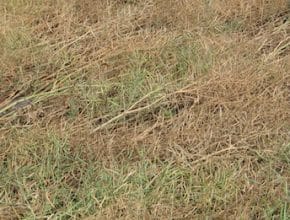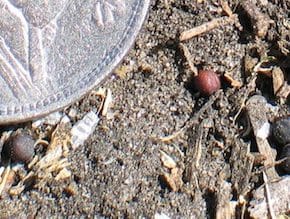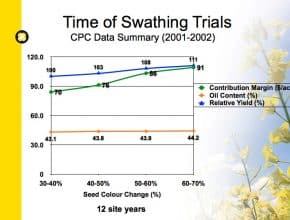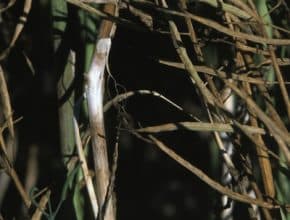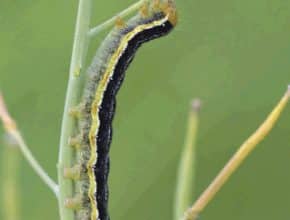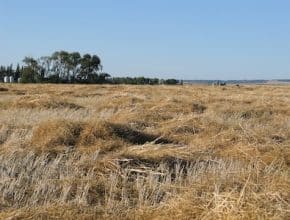Serious disease infections become more obvious as fields get closer to harvest. Whitened diseased and dying plants are in stark contrast to the healthy light green plants around them. Take time now to identify which disease is responsible. This is essential for management next year. Late canola fields may be at continued and higher risk for bertha armyworm feeding, especially…
August 28, 2013 - Issue 22
-
-
-
Research conducted by the Canola Council of Canada over approximately 28 site-years indicates that significant yield increases can be achieved by waiting until 50-60% seed colour change on the main stem before swathing. Swathing at 50-60% SCC resulted in 8% more yield than swathing at 30-40% SCC, 12% more yield than at 10-20% SCC, and 19% more yield than swathing…
-
The optimal swath timing for canola yield and quality is when 60% of seeds on the main stem are showing some colour change. Seed colour change (SCC) is considered any amount of yellow or brown on the seed…
-
Sclerotinia stem rot (above) and blackleg can both cause what looks like pre-mature ripening. Both diseases, when severe, can cut off nutrient flow up the stem, resulting in a whitened dead plant. Both can cause increased lodging. However, long-term management requires an accurate identification of which disease is the cause. Disease identification will make sure you make the correct seed…
-
-
Flea beetle numbers this late in the season are higher than we’ve seen in years, which could point to higher numbers next spring. For this year’s canola crops, don’t take any action unless you see flea beetles feeding on pods over a broad number of acres. Entomologists have not set thresholds for late season flea beetle feeding, but it’s generally…
-
-
The ideal canola crop for straight combining is thick and well-knitted with even maturity. However, a case can be made for straight combining very thin crops with uneven maturity…

